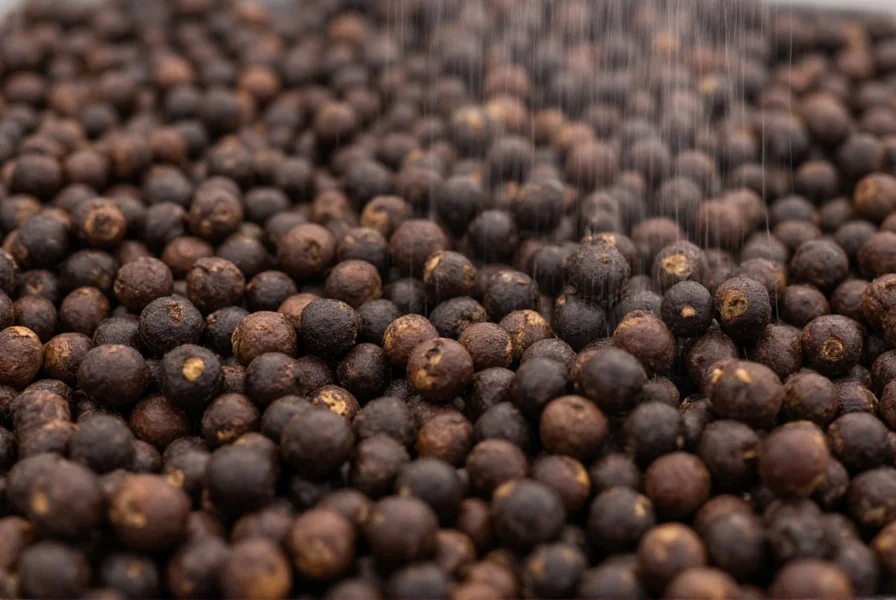Pepper oil refers to two distinct products: black pepper essential oil (steam-distilled from Piper nigrum berries) and chili pepper oil (infused oil containing capsaicin from Capsicum species). Black pepper oil contains piperine as its primary active compound and is used in aromatherapy and traditional wellness practices, while chili pepper oil serves as a culinary ingredient prized for its heat and flavor profile in global cuisines.
Understanding the difference between these two pepper-derived oils is essential for proper usage. Many consumers confuse black pepper oil with chili pepper oil due to similar naming conventions, but their chemical compositions, extraction methods, and applications differ significantly. This comprehensive guide explores both types with scientific accuracy and practical insights.
Types of Pepper Oil: Clarifying the Confusion
When discussing pepper oil benefits or pepper oil uses, it's critical to distinguish between the two primary categories:
| Characteristic | Black Pepper Essential Oil | Chili Pepper Oil |
|---|---|---|
| Source | Piper nigrum berries | Capsicum species (chilies) |
| Primary Compound | Piperine (5-9%) | Capsaicin (0.1-1.2%) |
| Extraction Method | Steam distillation | Cold infusion in carrier oil |
| Typical Use | Aromatherapy, topical application | Culinary applications |
| Shelf Life | 2-3 years | 6-12 months |
Historical Evolution of Pepper Oils
The journey of peppers from ancient trade goods to modern oil preparations reveals critical context for their current applications. Verified milestones demonstrate how usage evolved under specific historical conditions:
- 2000 BCE: Archaeological evidence from Mesopotamian ruins confirms black pepper trade routes spanning 4,000 years, with peppercorns used in medicinal unguents (British Museum, source).
- 1493 CE: Chili peppers were introduced to Europe after Columbus' voyages, with oil infusions emerging in Asian cuisines by the 18th century as preservation techniques developed (USDA Agricultural Research Service, source).
- 1984: FDA approved capsaicin (0.025%) for topical analgesics, establishing evidence-based medical parameters after decades of folk use (U.S. Food and Drug Administration, source).
Black Pepper Essential Oil: Composition and Properties
Black pepper essential oil contains over 50 chemical compounds, with piperine as the most biologically active component. This compound gives black pepper its characteristic pungency and accounts for many of the black pepper essential oil benefits documented in traditional medicine systems.
Research published in the Journal of Agricultural and Food Chemistry indicates black pepper oil demonstrates antioxidant properties, though these findings come primarily from in vitro studies. The oil's warming sensation when applied topically results from its interaction with TRPV1 receptors, similar to but distinct from capsaicin's mechanism.

Chili Pepper Oil: Culinary Science and Application
Chili pepper oil, often called hot pepper oil or chili oil, contains capsaicinoids that provide heat. The Scoville Heat Unit (SHU) rating varies dramatically based on the chili variety used:
- Jalapeño pepper oil: 2,500-8,000 SHU
- Serrano pepper oil: 10,000-23,000 SHU
- Habanero pepper oil: 100,000-350,000 SHU
- Ghost pepper oil: 855,000-1,041,427 SHU
Chefs seeking how to use chili pepper oil in cooking should understand that capsaicin is fat-soluble, making oil an ideal carrier. The compound remains stable during cooking but can degrade with prolonged high heat. For maximum flavor impact, add chili oil during the final stages of cooking or as a finishing touch.
Safety Considerations and Proper Usage
Both types of pepper oil require careful handling. Black pepper essential oil must be diluted to 1-2% concentration before topical application to avoid skin irritation. Never apply undiluted essential oils directly to skin—a common mistake among beginners exploring pepper oil for pain relief.
Contextual Limitations and Contraindications
Scientific evidence defines strict boundaries for safe application. These limitations prevent adverse reactions when usage parameters are exceeded:
- Black Pepper Essential Oil:
- Chili Pepper Oil:
Chili pepper oil demands particular caution. Always wear gloves when handling hot chilies or concentrated oils. If capsaicin contacts skin, use oil or milk (not water) to remove it, as capsaicin is hydrophobic. The National Capital Poison Center recommends keeping dairy products nearby when working with extremely hot chili varieties.

Storage Guidelines for Maximum Shelf Life
Proper storage significantly extends the usability of both oil types. Store black pepper essential oil in dark glass bottles away from light and heat sources. Refrigeration can extend its shelf life to three years. Chili pepper oil maintains quality for 6-12 months when stored in a cool, dark place—refrigeration prevents rancidity but may cause temporary cloudiness.
Signs of degradation include:
- Change in color (darkening)
- Off-putting odor
- Cloudiness or sediment in chili oil
- Reduced aroma intensity in essential oil
Evidence-Based Applications
While traditional uses abound, scientific evidence supports limited applications. A 2022 review in Frontiers in Pharmacology noted black pepper oil's potential role in enhancing nutrient absorption, particularly for curcumin. However, the researchers emphasized that most health claims require more rigorous human studies.
Culinary professionals value chili pepper oil for flavor enhancement rather than health benefits. The compound capsaicin breaks down at temperatures above 400°F (204°C), making high-heat cooking less effective for preserving its properties. Understanding difference between pepper oil and chili oil prevents misuse in both kitchen and wellness contexts.











 浙公网安备
33010002000092号
浙公网安备
33010002000092号 浙B2-20120091-4
浙B2-20120091-4